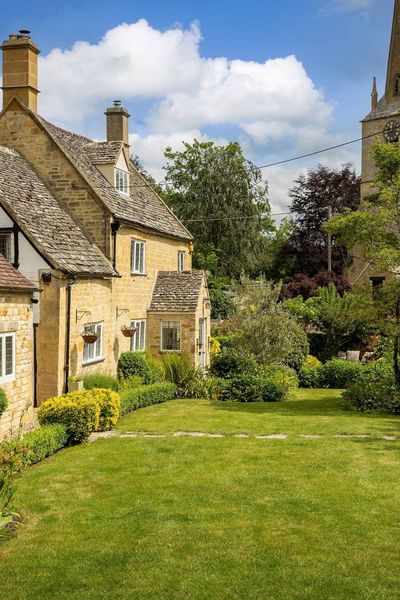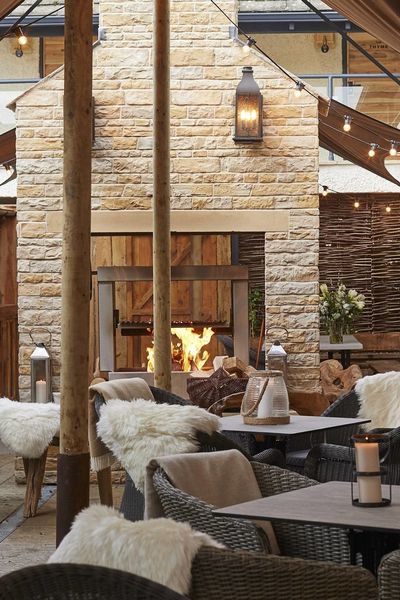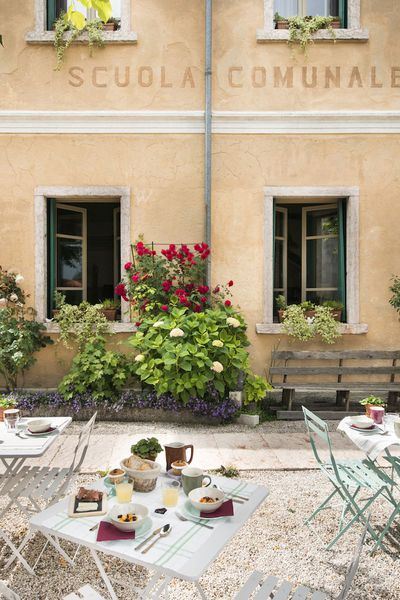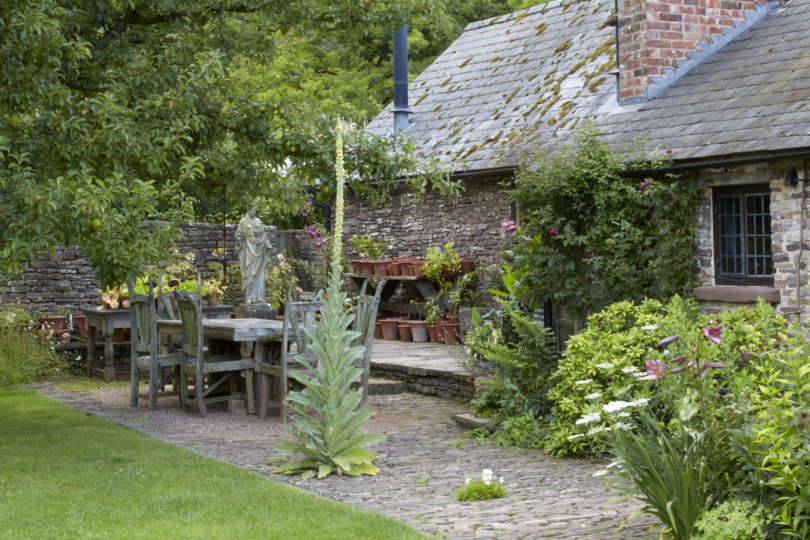
Six circular walks for exploring wildlife-rich Northumberland National Park
Guest Expert
5 min read
Brushing up against the Scottish Borders, the Northumberland National Park holds the noble title for most sparsely populated 400 square miles in England. And, it is sublime. Its vistas are wild and rugged, its night skies are breathtakingly clear, its wildlife is thriving, and best of all, you’ll barely bump into another soul as you tramp around the countryside and coast. We’ve rounded up six wildlife- and history-rich circular walks within the park. From flat and gentle to some tougher peaks and troughs; there's something here to suit your mood, the weather and the time of year. If we’ve picked up a good tip from one of our owners, we’ve also included places for a much-needed pit stop.
Simonside Hills
This sublime 4.5 mile walk has a few short, steep gradients, but the panoramic views looking out over the Cheviot Hills and the North Sea coastline make all the puff worth it. Starting at the information shelter at the entrance to the Simonside Forestry Commission car park, you follow the red waymarkers that lead into the woods. Make a small detour to explore Little Church Rock, thought to have been a gathering place for illicit preachings during medieval times, and there are Bronze Age burial cairns in the clearing too. Then, nip back onto the footpath and head upwards, passing the stone cairn on your left which marks the summit of Simonside. Stroll over moorland and through a rocky outcrop where you might spot curlew, red grouse, mountain bumblebees and Emperor moths. Now head down the stone steps of the Old Stell Crag outcrop where you’ll keep following the path steeply downhill, looking out for a footpath leading off to the left which takes you back through the forest, home to red squirrels and nesting birds.
Greenlee Lough
Northumberland’s largest natural lake, Greenlee Lough, is one of the most important wetlands in the UK. Its habitats include woodland, bog and grassland, which make it a haven for wildfowl and wading birds. Wetland plants thrive here, bursting to life in spring, and the shallow water teems with fish which make it a great hunting ground for birds of prey, in particular osprey. This flat two hour walk begins at the car park; turn right along the minor road then cross the Caw Burn over a humpback bridge and head uphill. You’ll see a sign for Greenlee Nature Reserve and the start of the boardwalk. Walk along here, making sure to stick to the path as it protects the fragile wetland habitat. At the end of the boardwalk you’ll go past a hay meadow (glorious in June and July) at the edge of the woods and arrive at the Bird Hide. Stop here to get a good look at the birdlife. If you can, try visiting at dawn or dusk, to catch a glimpse of shy deer and prowling foxes.


College Valley
College Valley, on the northern edge of the Cheviot Hills is a vast 12,000 acres of mainly vehicle-free land. It feels deliciously remote and unspoilt. This splendid five-mile walk starts at Hethpool car park, takes in the Cuddystone War Memorial, dedicated to airmen killed in the Cheviots, then crosses the burn at Sutherland Bridge. Follow the sign to Hethpool Mill – an old, remote millers cottage – where you can often spot wild Cheviot goats grazing on the hillside. There are plenty of ups and downs, some steep, and you cross the burn at different points. Depending on the time of year, it can be fast-flowing and you may see flashes of migratory fish. Next you follow the path down through the trees, then along the riverside, through a gap in the fence, and continue on along the haughland (flat grassy land) and back to your starting point.
Drake Stone and Harbottle Walk
This history-rich five-mile walk takes you to the ancient Drake Stone, a mythical boulder said to have healing powers, with glorious countryside views towards the ruins of Harbottle Castle. Start from the Forestry Commission car park and follow the signs to ‘Drake Stone’, then hop on the footpath, over the dusky heather moorland, and make for the cairn directly ahead of you. You follow the path along the edge of the lake, then head uphill into the woodland, and walk towards Alwinton where you cross the bridge over the River Coquet. Stop at The Rose & Thistle, a charming old coaching inn, for a rest and refuel. From here, head back towards Harbottle through fields and woodland until you find the footbridge back across the River Coquet. As you get into the village you’ll go past the 12th-century ruins of Harbottle Castle, an interesting site that’s worth a few minutes of exploration.
Linhope Spout Walk
Arguably Northumberland’s most dramatic waterfall, Linhope Spout roars 18 metres down a sheer rock face to a plunge pool below. A gentle three-mile walk leaves from Hartside and follows the road up the valley. You stroll past a wood on your right, blooming with rhododendrons in spring, before the road descends to Linhope. Marvel at the views over Cunyan Crags, Dunmoor Hill and Shill Moor, then cross the bridge over Linhope Burn and follow the road posts. Walk along a clear stone track beside some woods, where red squirrels scamper amongst the trees, then onto a grassy track and through a wicket gate. Stop here to gulp in some fresh air and, on a clear day, glimpse Great Standrop and Hedgehope Hill, then continue down the hill to Linhope Burn and Linhope Spout. Bring a picnic and laze about in the pretty glade; swim in the burn, if you dare!
Explore all of our places to stay in Northumberland >
Want more travel and lifestyle inspiration? Get our email updates direct to your inbox.
Sign up >Share this article:
You might also like
Five great pub-to-pub walks

Christopher Wilson-Elmes
Sawday's Expert
5 min read
What’s growing on? Five of our owners on how their gardens are shaping up in Spring

Nicola Crosse
Sawday's Expert
5 min read
Park Lives: Jess Davison, youth ambassador for the Northumberland National Park

Christopher Wilson-Elmes
Sawday's Expert
5 min read













